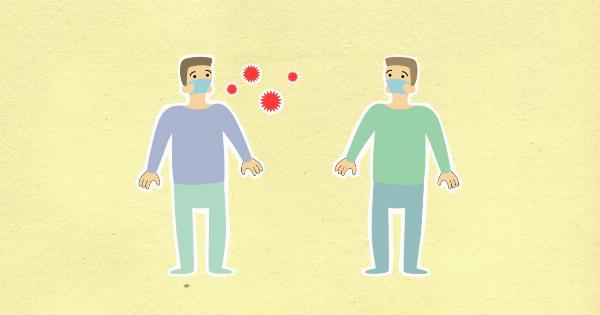Orthopedic injuries can be severe and life-altering, causing chronic pain, limited mobility, and loss of income.
When patients experience orthopedic injuries, they rely on healthcare professionals to provide swift and accurate diagnoses to ensure prompt and proper treatment. However, when healthcare professionals misdiagnose orthopedic injuries, it can lead to severe consequences, such as exacerbating injury severity, delaying treatment, or even causing irreversible damage.
These consequences can have lasting impacts on patients’ lives, leading to lifelong hardships.
Exacerbating Injury Severity
One of the most concerning consequences of misdiagnosing orthopedic injuries is the potential to worsen injury severity. Misdiagnosis can lead to incorrect treatment, and as a result, the injury can become more severe and difficult to treat.
For instance, a misdiagnosed ankle sprain could worsen and lead to chronic instability, resulting in repeated ankle injuries and ultimately require surgery. Misdiagnosing an injury can also result in delays in surgery or treatment, leading to more complicated repairs and prolonged recovery periods.
As such, healthcare professionals must take caution to diagnose orthopedic injuries correctly to avoid exacerbating injury severity.
Delay in Treatment
Another consequence of misdiagnosing orthopedic injuries is the risk of delaying treatment. Misdiagnosing injuries can lead to lengthy diagnostic processes that can delay proper treatment for a debilitating injury.
A delay in diagnosis can cause injuries to go untreated, leading to neurological or muscular changes, further complicating and even leading to permanent joint damage. Delays in treatment can limit effective treatment options and recovery time, ultimately leading to a prolonged and costly rehabilitation process.
Repercussions for Patients
In addition to exacerbating injury severity and delaying treatment, misdiagnosing orthopedic injuries can lead to numerous negative consequences for patients.
When patients are misdiagnosed, they may undergo unnecessary treatments and surgeries, leading to additional medical costs and prolonged hospital stays. Misdiagnosing orthopedic injuries can also cause physical and emotional distress, which can ultimately adversely affect a patient’s quality of life.
For instance, a misdiagnosed ankle fracture might cause a patient to lose their mobility for a prolonged period, leading to depression, anxiety, or other social problems.
Adverse Effects on Healthcare System
Misdiagnosis in the healthcare system can lead to more comprehensive consequences, including the potential for medical malpractice claims, loss of trust in the healthcare system, and compromised safety standards in medical practices.
Healthcare professionals are expected to provide accurate diagnoses, but misdiagnosing orthopedic injuries calls into question the integrity of the healthcare system. Misdiagnosis can also lead to wasted resources, including insurance and medical expenses which can significantly burden the healthcare system.
Causes of Misdiagnosis
Misdiagnosis of orthopedic injuries can result from several causes, including incomplete patient histories, technicians’ inconsistencies with imaging tests, underexposure, or overexposure, among other things.
The causes of misdiagnoses also extend to human errors, such as a missed fracture, errors in radiology, or a misread x-ray image. Although these mistakes are often unintentional, the effects can be long-lasting.
Prevention Techniques for Misdiagnosis
Thankfully, many strategies can help prevent or mitigate the risk of misdiagnosing orthopedic injuries. Good communication and complete record-keeping are essential techniques that can reduce the chances of misdiagnosis in healthcare systems.
Physicians and healthcare professionals should document every step of the patient’s diagnosis and treatment process and consider prior injuries that may have compounded or masked over the existing injury. Radiologists must review all images to ensure accurate diagnoses and consider both contextual and clinical data. For instance, some cases may require second opinions or consultations with specialists to ensure appropriate treatment.
Promoting Patient Awareness
The final technique to reduce misdiagnoses is to promote patient awareness of the dangers of misdiagnosing orthopedic injuries.
Patients should take a proactive approach to their medical care, asking for second opinions when necessary, and ensure that their medical history and records are kept up-to-date and accurate. Patients must also clearly communicate the severity of their injuries, where there is discomfort or unusual sensations present, and notify their healthcare provider if pain or symptoms continue despite treatment.
Conclusion
Orthopedic injuries are often life-altering and require prompt and accurate diagnosis to ensure proper treatment.
Misdiagnosis of orthopedic injuries can lead to a range of consequences, including worsening the injury’s severity and delaying crucial treatment, incurring excessive medical costs, and causing physical and emotional distress for patients. Healthcare systems must implement techniques and strategies to alleviate the risk of misdiagnosis and ensure that patients receive prompt treatment and appropriate care for their orthopedic injuries.



























